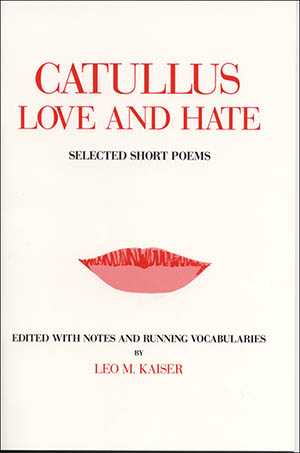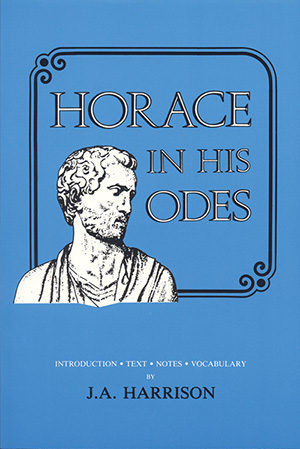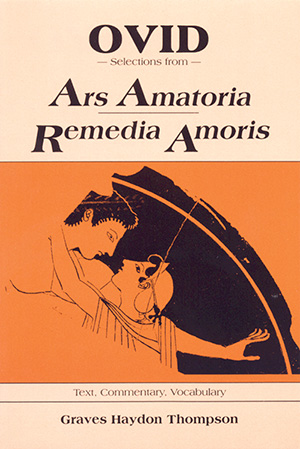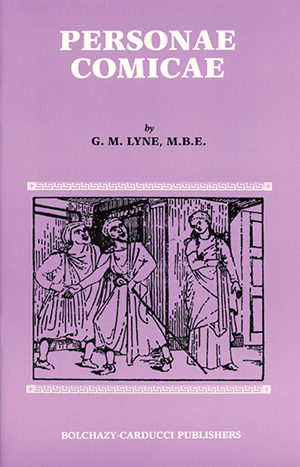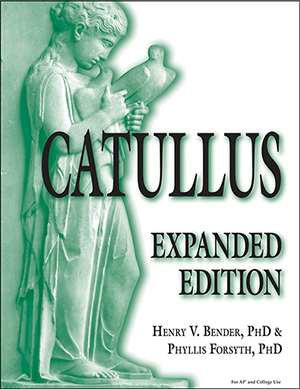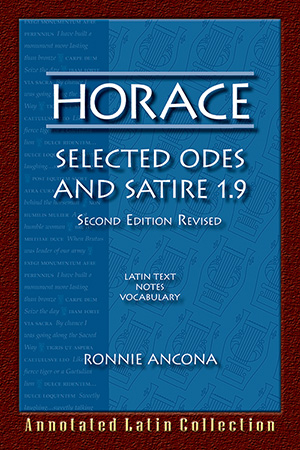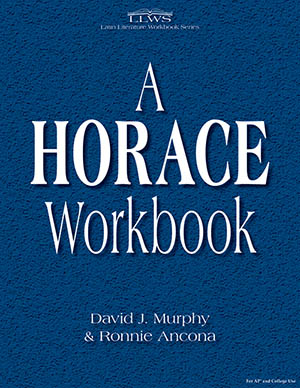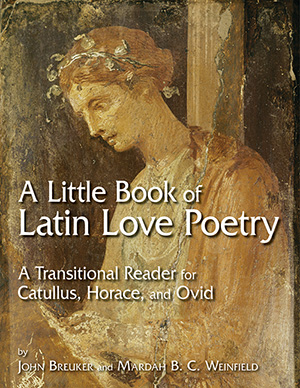Embers of the Ancient Flame is a user-friendly introduction to the Latin love poetry of Catullus, Horace, and Ovid. Each poet has his distinctive voice. Catullus reels wildly between tender passion and jealous obsession, between adoring—even slavish—love and venomous hate. Horace seems less immediate, more voyeuristic: he distances himself by adopting a philosophically minded persona, or by coolly observing the passions of others. Ovid, coy and striking though precious, dazzles with references learned and mythological, calling his earnestness into doubt. In short, this selection runs the gamut of views on love. Catullus, Horace, and Ovid lived during two of Rome's most dynamic eras, the late Republic and the early Empire. Their poetry provides a glimpse into the most personal parts of Roman life during historically and literarily singular times.
Special Features
- Introduction on Catullus, Horace, and Ovid
- Introduction to each poem
- Latin text of 32 poems with facing-page grammar and vocabulary notes
- Maps and illustrations
- Appendices on meter and rhetorical devices
- Full vocabulary
- Selected bibliography



